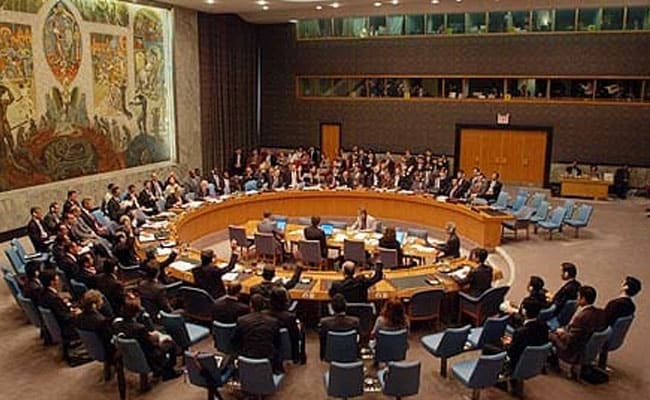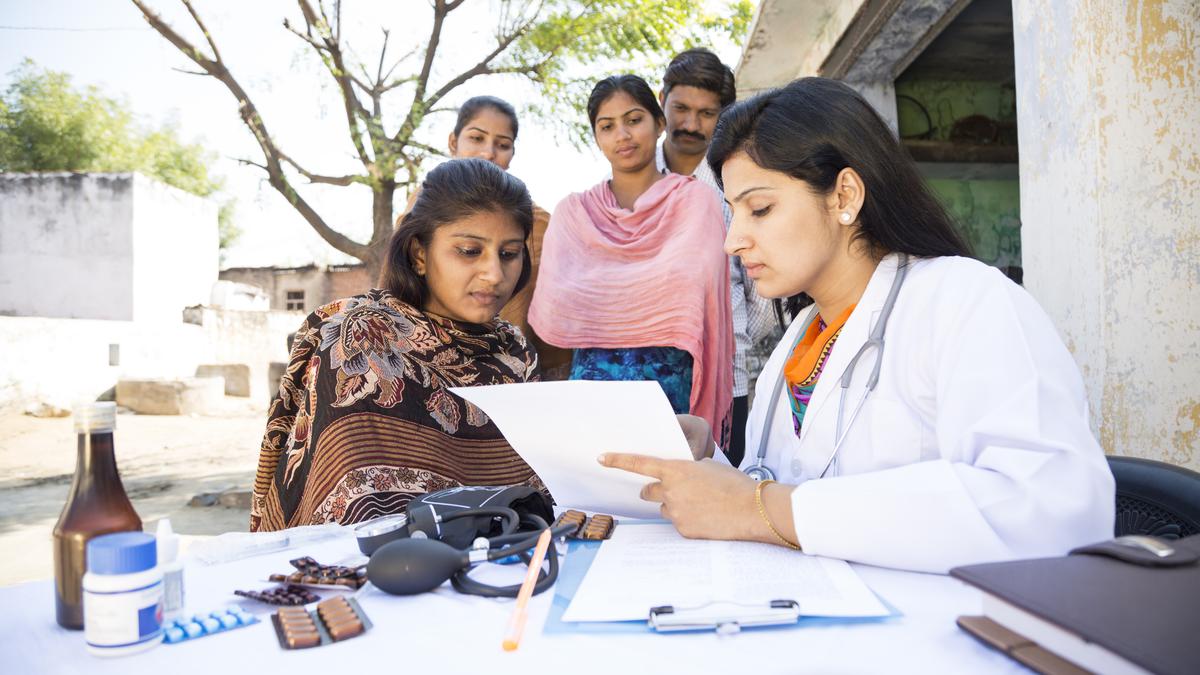Former wing commander and astronaut Rakesh Sharma during the inauguration of a museum, in Kolkata.
| Photo Credit: PTI
Every astronaut comes back with the realisation about the fragility of earth, the “heaven” that people should stop “ruining” by exhausting its resources, Rakesh Sharma, the first Indian to venture into space, said.
Mr. Sharma also said people should learn about sustainability before making attempts to find habitable places other than earth.
“Almost every space traveller comes back with the realisation about the fragility of our planet… That is where [the space] you get to see the big picture… that our earth is just a pale blue dot,” he said during a recent interactive session at a musuem launch in Kolkata.
“So instead of ruining heaven, which is what we have, I don’t much endorse the rush to build up a far-off hell somewhere else before we learn sustainability…. Unfortunately, there are not many people talking about it, even those who return from space,” the 74-year-old former wing commander said.
Mr. Sharma was a part of the Soviet Union’s ‘Soyuz T-11’ expedition, launched in April, 1984. He remains the first and only Indian to journey into space.
He was in Kolkata to inaugurate the Museum of Astronomy and Space Science on the premises of the Indian Centre for Space Physics.
During the address, he urged all stakeholders to look at ways to be more sustainable for safeguarding the planet.
“Earth has got limited resources, but our expenditure of those is just not compatible. We will be running out of resources and ruining the only place that can sustain life till as far as the telescopes tell us,” Mr. Sharma said.
The celebrated astronaut said the space sector in India has been opened up by the government, with the private sector participating “wholeheartedly” and startups beginning to “mushroom”.
He also expressed hope that more Indian astronauts would travel to space, as part of the country’s ambitious human spaceflight mission ‘Gaganyaan’.
“Now that four other guys [selected for the Gaganyaan mission] are under training, I am hoping that life will probably come somewhere back to normal,” Mr. Sharma said on a lighter note.
The Gaganyaan project plans to launch human crew to an orbit of 400 km for a three-day mission and bringing them back safely to earth, by landing in Indian waters, according to the ISRO. It is targeted for launch in the fourth quarter of 2024.
Flooded with queries whether he was nervous before the Soviet-Indian spaceflight, the Ashok Chakra awardee said he had all the experience to tackle the realm of the unknown, courtesy of his stint as a test pilot.
“I was an experienced test pilot by that time, testing aeroplanes that I never flew before… I was already accustomed to doing that… And so you devise a complex kind of a process on how to approach something in the domain of the unknown.
“You tend to attempt to derisk as much as you can with past data… If it has to work it will work; not that if you are worried and nervous, it will work [on various mechanical components],” said Mr. Sharma.










